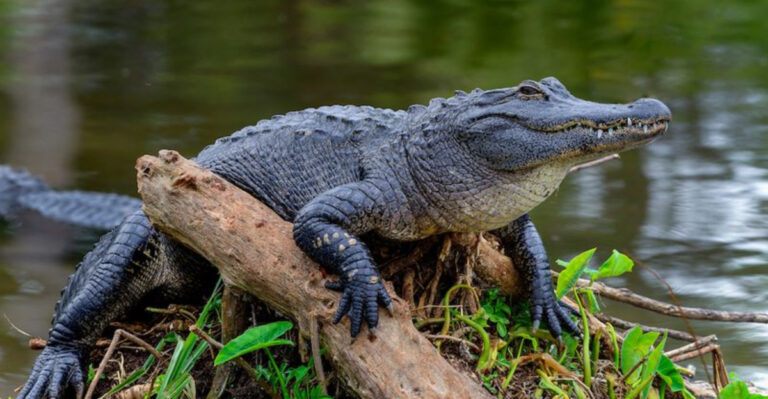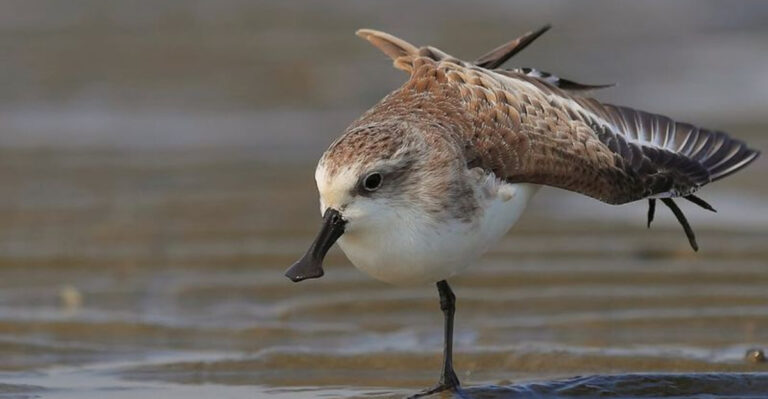14 Cat Breeds Least Likely To Get Along With Other Pets, According To Experts
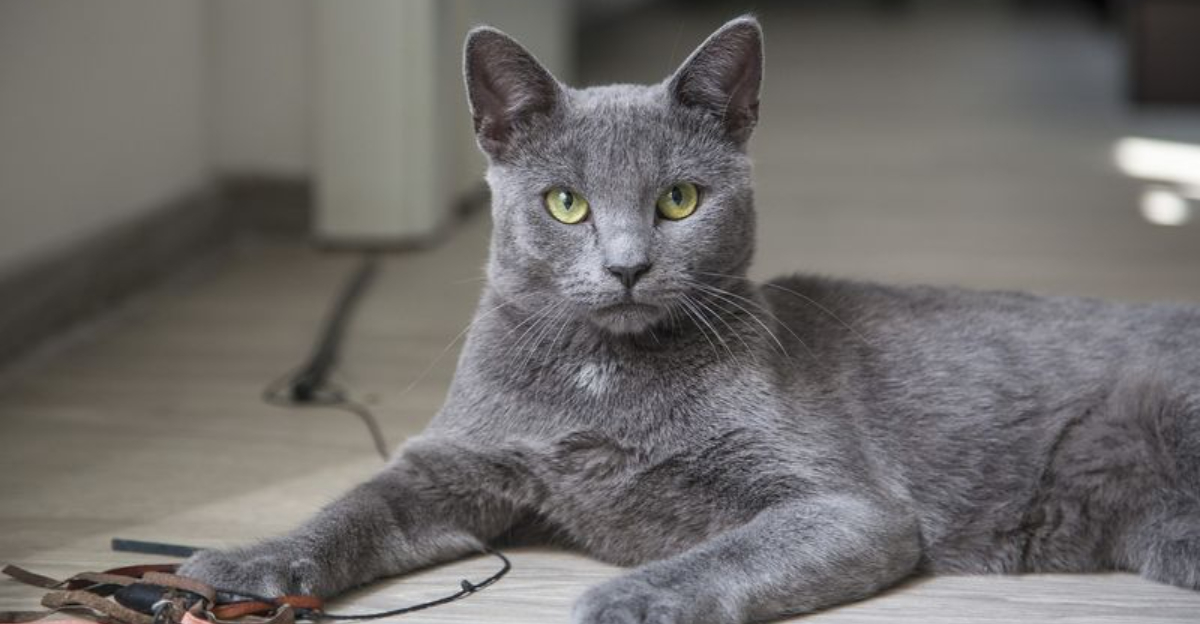
Thinking about adding a new furry friend to your home? If you already have pets, choosing the right cat breed matters more than you might think.
Some cats simply prefer flying solo and may not welcome other animals into their territory. Feline experts have identified several breeds that tend to struggle with multi-pet households due to their unique personalities and instincts.
1. Siamese
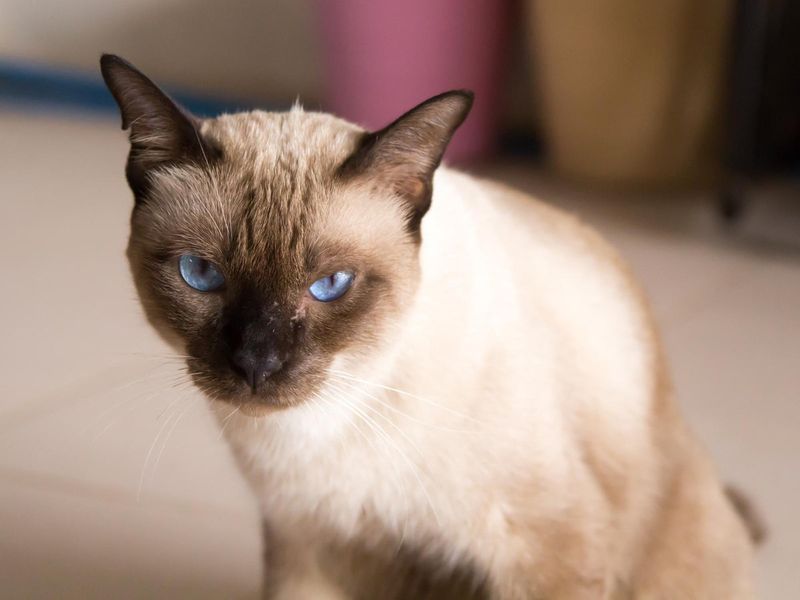
Siamese cats don’t believe in sharing the spotlight. Their loud, demanding nature makes them natural rulers of their domain, often viewing other pets as unwelcome intruders.
When feeling threatened, these blue-eyed beauties won’t hesitate to hiss, swat, or chase competitors away. Early socialization helps, but many Siamese simply prefer being the only pet receiving your adoration.
2. Persian
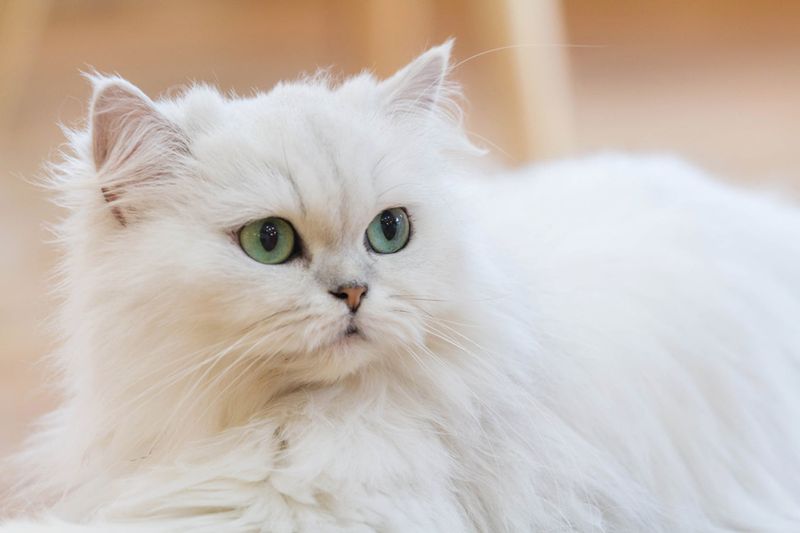
Behind those adorable smooshed faces, Persians hide a strong preference for tranquility. These fluffy aristocrats treasure their serenity above all else.
Rambunctious dogs or playful kittens can overwhelm these gentle souls, causing them to retreat or become stressed. Their low-energy lifestyle clashes with more active pets, creating a mismatch that often leads to a Persian’s quiet but persistent unhappiness.
3. Maine Coon
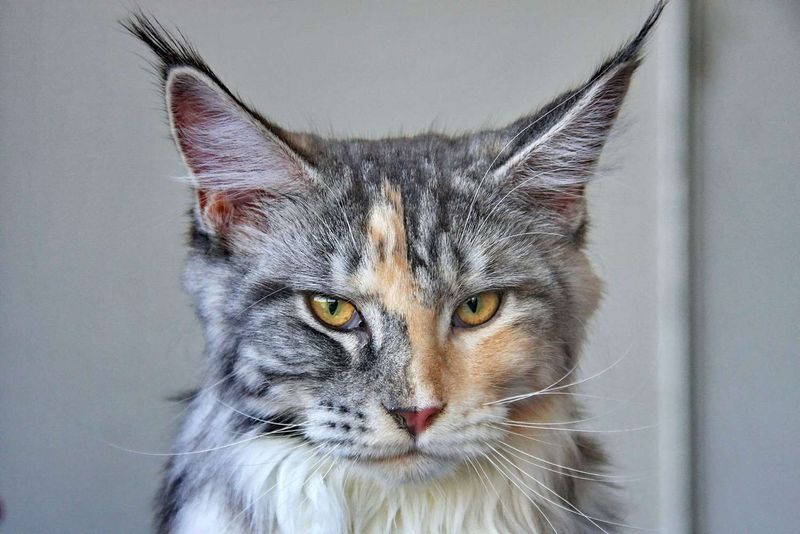
Don’t let their friendly reputation fool you! Maine Coons might be social with humans, but they’re surprisingly territorial with other animals.
These magnificent giants establish clear boundaries and won’t hesitate to enforce them. Without proper introduction as kittens, Maine Coons can become the unexpected bullies of your pet family, using their impressive size to intimidate smaller animals.
4. Bengal
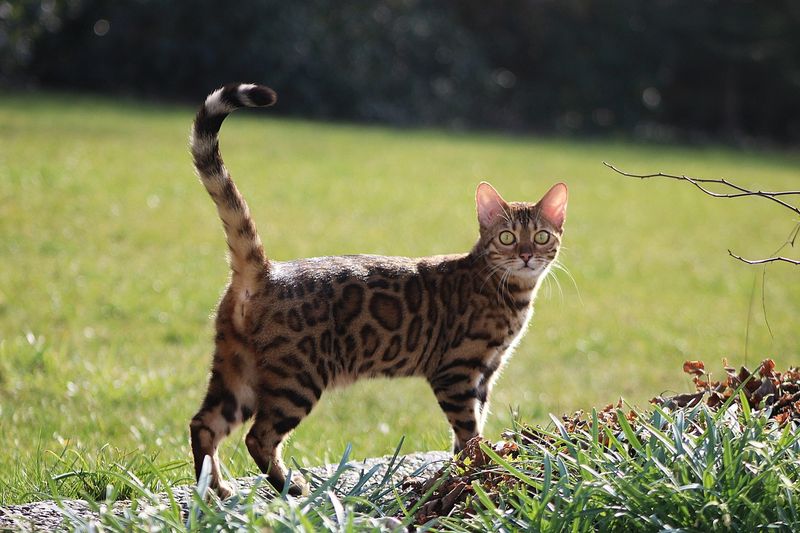
With leopard-like spots and jungle ancestry, Bengals bring wild instincts into your living room. Their predatory nature often surfaces around smaller pets, whom they might view as potential prey.
Highly energetic and athletic, they’ll claim territory throughout your home with impressive vertical jumps and lightning-fast sprints. Other pets frequently find this intense energy overwhelming, creating household tension that’s difficult to resolve.
5. Abyssinian
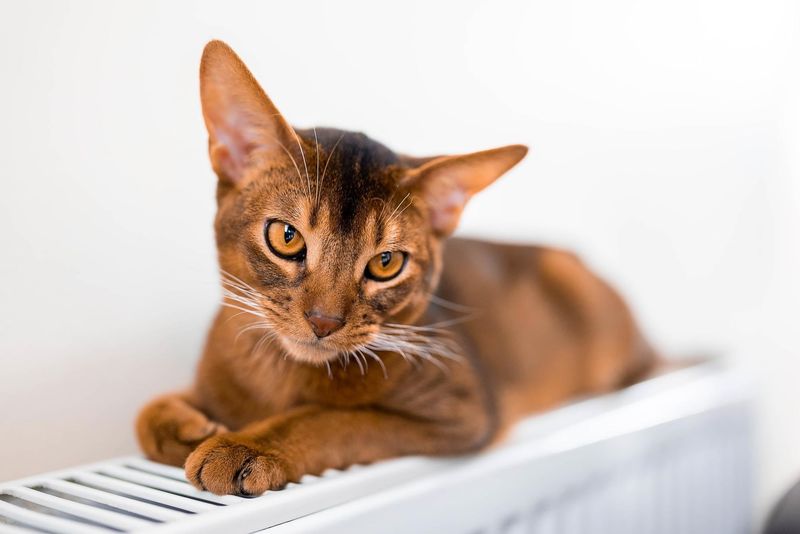
Abyssinians never seem to run out of batteries! These ticked-coat tornados zoom through homes with boundless energy that exhausts even the most patient animal companions.
Their playful pouncing can quickly transform into unwanted harassment of calmer pets. Abys demand constant engagement and often become frustrated with animals who can’t match their frenetic pace, leading to antagonistic behavior and chasing matches.
6. Scottish Fold
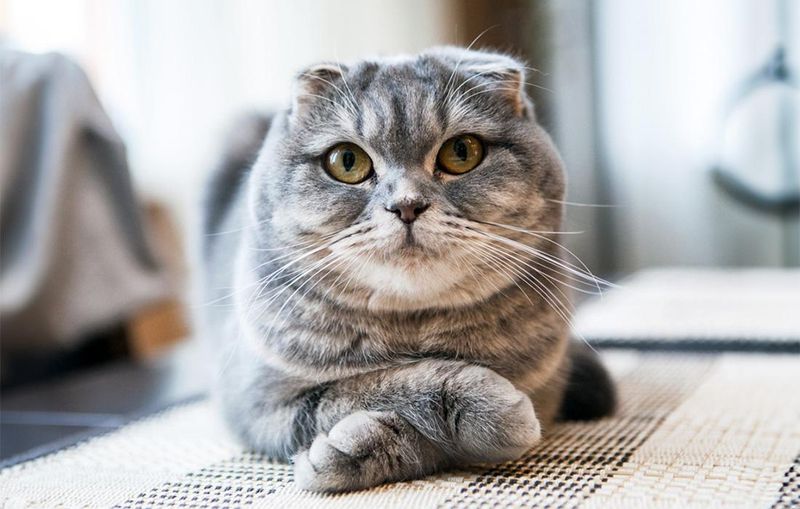
Those adorable folded ears hide a surprisingly wary personality. Scottish Folds form deep bonds with their humans but often view other animals with suspicion and uncertainty.
When feeling cornered, these typically sweet cats can become defensive and stressed. Their preference for predictable routines makes them poor candidates for homes with multiple animals, especially those that are boisterous or unpredictable.
7. Ragdoll
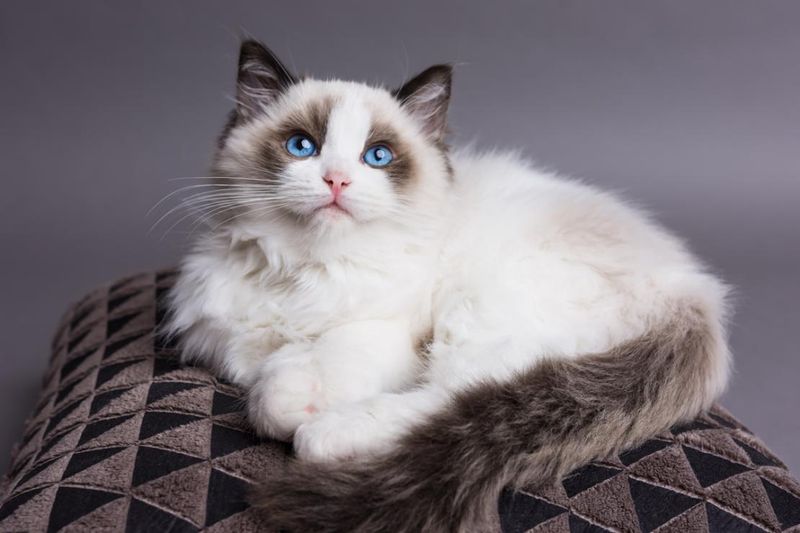
Ragdolls earned their name from going limp when held, but this passive nature can backfire in multi-pet households. Their relaxed demeanor often means they lack the assertiveness needed to establish boundaries.
Without proper social skills, these blue-eyed beauties become easy targets for more dominant pets. Many Ragdolls retreat into isolation or develop anxiety when forced to compete for attention or resources.
8. Russian Blue
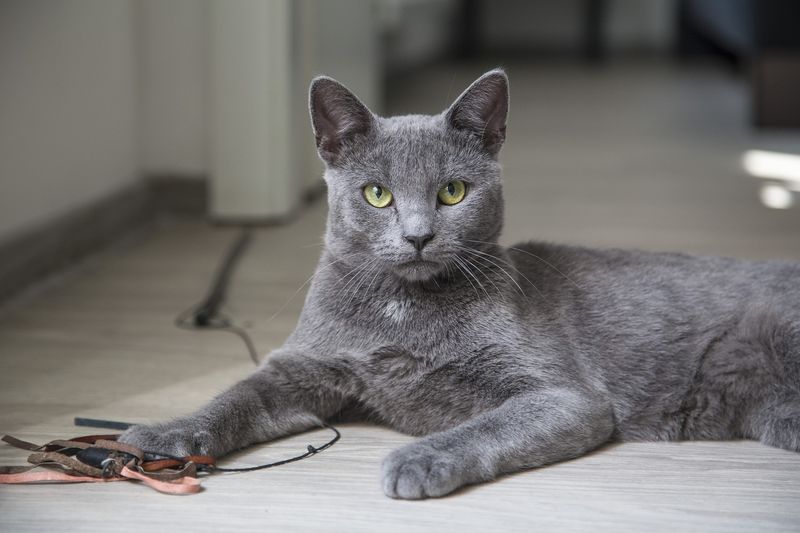
Russian Blues don’t do well with forced socialization. These silver-coated cats require careful space management and often flee from boisterous animal companions.
Their hypersensitivity to noise and movement means even well-meaning pets can trigger anxiety or hiding behaviors. When cornered, these typically reserved felines may lash out unexpectedly, creating a stressful dynamic that undermines household harmony.
9. Sphynx
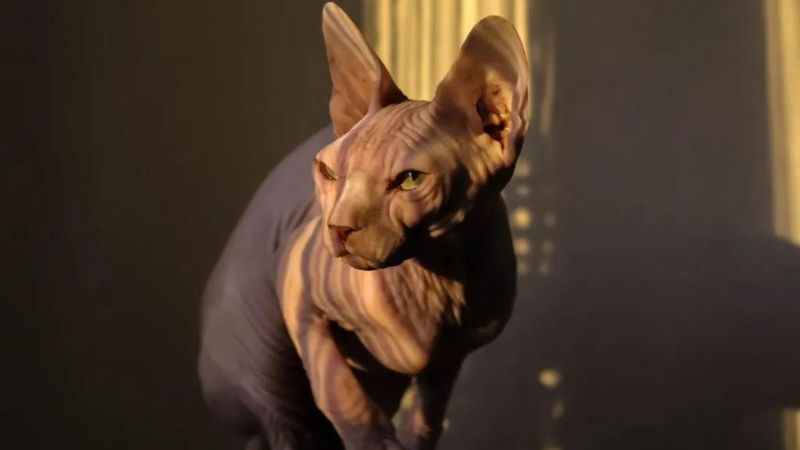
Hairless doesn’t mean careless! Sphynx cats demand center stage and often struggle when forced to share human attention.
Their need for warmth drives them to claim prime household spots, leading to territorial disputes with other pets. Physical contact is currency for these naked kitties—they hoard affection jealously and may become aggressive when other animals seek similar comfort from their humans.
10. British Shorthair
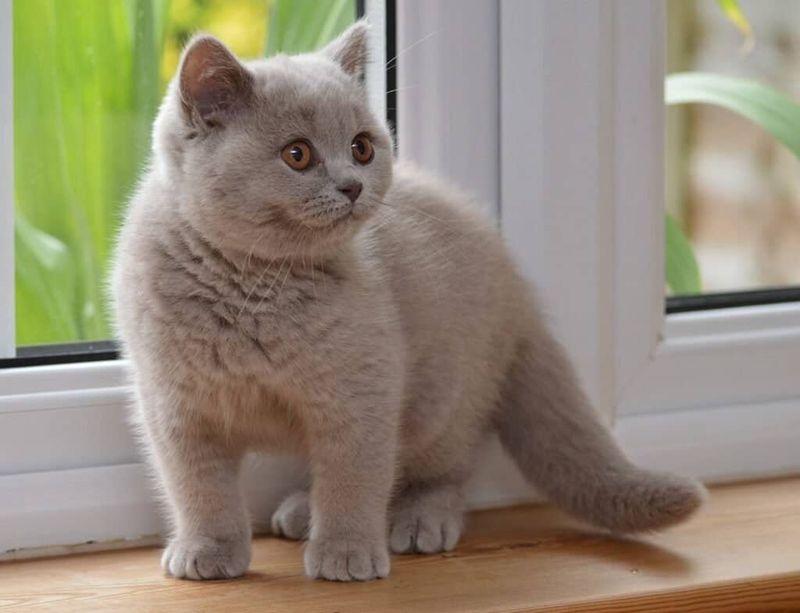
British Shorthairs epitomize the independent cat stereotype. These plush-coated charmers prefer observing household activities from a distance rather than participating in pet playdates.
Their standoffish attitude often confuses dogs and more social cats who seek interaction. When pressed to engage, British Shorthairs typically respond with indifference or irritation, creating an uncomfortable dynamic that satisfies neither party.
11. Chartreux
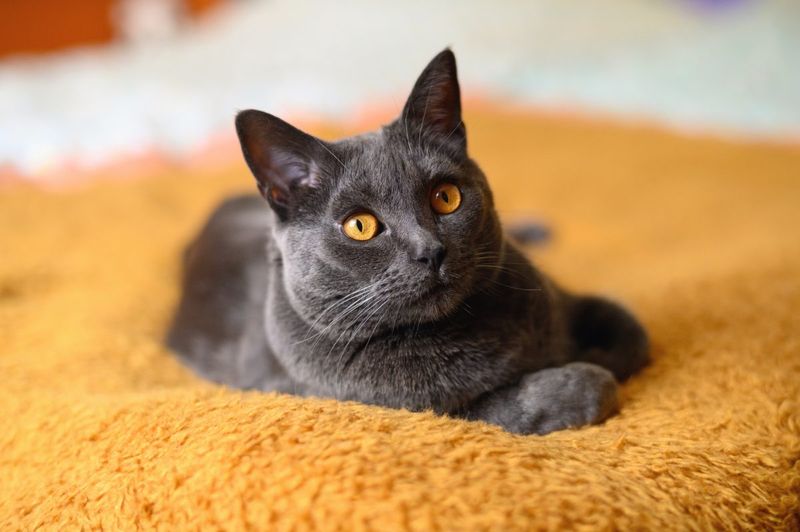
Ancient monastery companions, Chartreux cats carry centuries of solitary living in their DNA. Their whisper-quiet presence can be unsettling to other pets, who may be startled by their sudden appearances.
These blue-gray hunters maintain strict personal boundaries and retreat when those lines are crossed. Their silent communication style often fails to warn other animals before patience runs out, resulting in unexpected conflicts.
12. Oriental Shorthair
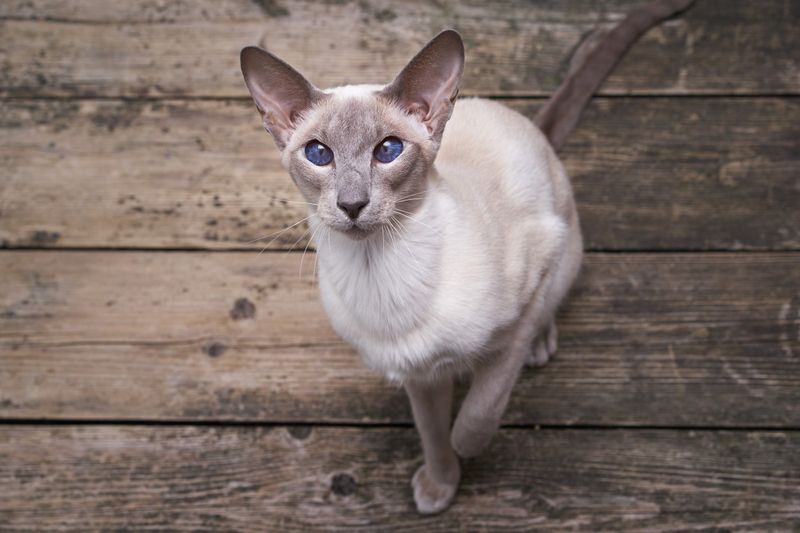
Imagine a cat that talks back—constantly! Oriental Shorthairs demand conversation and engagement that leaves little energy for your other pets.
Their slender bodies hide surprisingly dominant personalities that seek to control household dynamics. These vocal velcro cats attach themselves to their favorite humans with such intensity that other pets often feel excluded, creating jealousy and competition.
13. Burmese
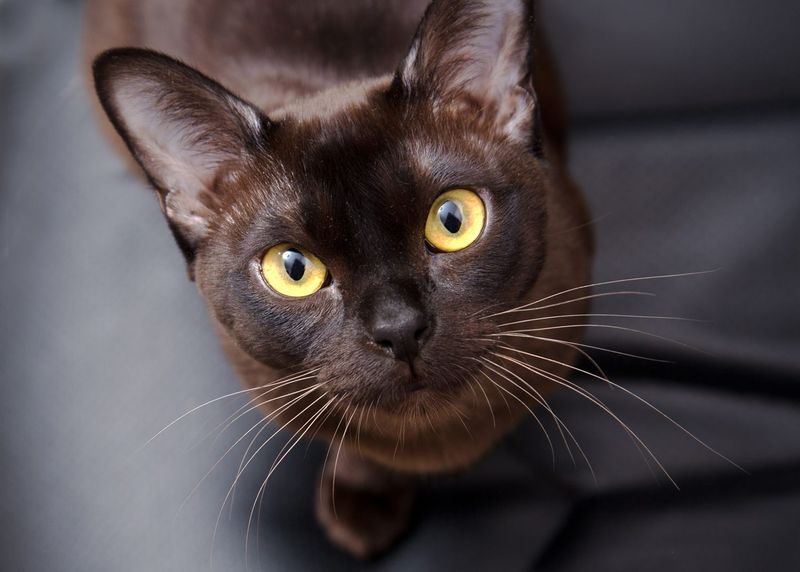
Burmese cats don’t understand the concept of personal space—yours or other pets’. These glossy-coated companions follow their chosen humans everywhere, creating friction with other animals seeking attention.
Their possessive tendencies manifest in subtle blocking behaviors, strategically positioning themselves between you and other pets. Despite their medium size, Burmese cats display remarkable determination in maintaining their position as your primary companion.
14. Egyptian Mau
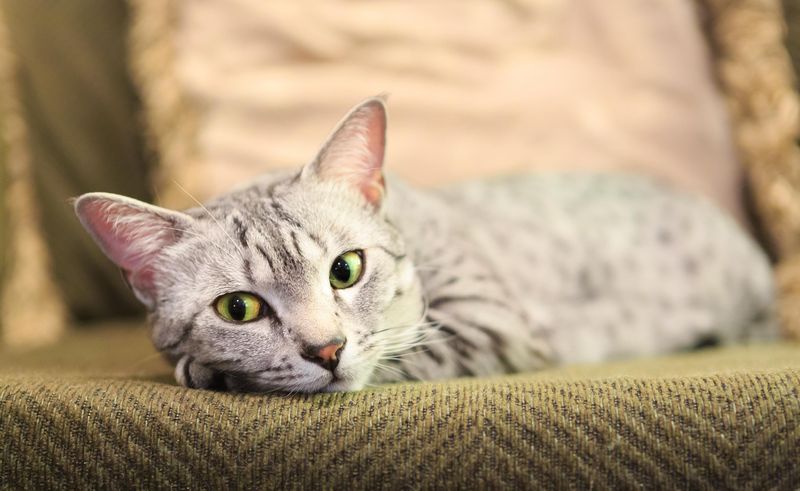
Egyptian Maus boast the fastest reflexes of any domestic cat. Their lightning-quick movements and intense hunting focus make smaller pets extremely nervous—with good reason!
These spotted speedsters maintain strong predatory instincts that can trigger chase behaviors, even with larger household companions. Their natural athleticism allows them to dominate prime territory in multi-pet homes, often claiming high perches from which they monitor potential prey.

